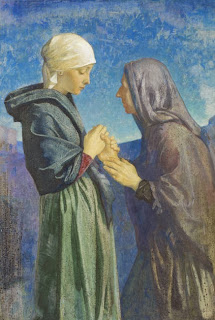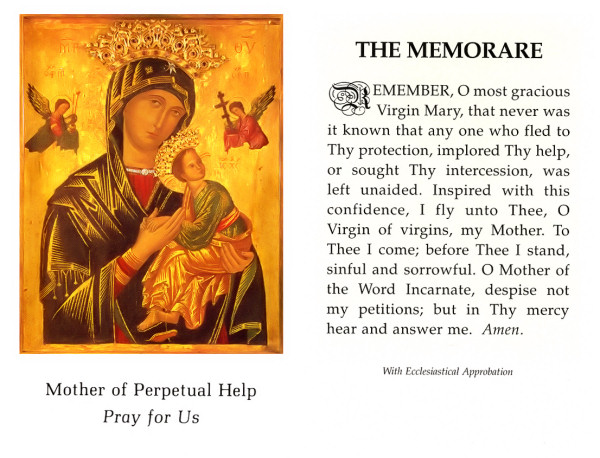Marie-Antoinette and the Carmelite Order
The connection between the Carmelite Order and the Royal House of France originated in the Middle Ages, when St. Louis IX encountered the hermits on Mt. Carmel and brought them to France. When the Discalced Reform came to France from Spain in the early seventeenth century, the royal family assisted the nuns with their patronage. The French court was shaken in 1674 when Louise de la Vallière, the former mistress of Louis XIV, publicly begged the queen's forgiveness and entered a Carmelite monastery. In his book To Quell the Terror, William Bush details the many connections of the later Bourbons with Carmel, particularly the patronage of Queen Marie Lesczynska and her daughter Madame Louise. When Louise herself chose to become a Carmelite nun in 1770, it cemented the spiritual ties between those in the worldliness of Versailles and those in the austerity of the cloister.
Marie-Antoinette of Austria married the Dauphin in the same year that Madame Louise entered the monastery. The young princess offered to represent Louis XV at the ceremony at which his daughter Louise received the habit of Carmel, since it was too painful for the king and the rest of his family to be present. So it was the teenage Marie-Antoinette who veiled the new "Soeur Thérèse de Saint-Augustin."
In the years the followed, Marie-Antoinette would visit her husband's aunt three times year at the Carmel, of which she was a benefactress. As the Queen's maid Madame Campan relates in her Memoirs:
Marie-Antoinette of Austria married the Dauphin in the same year that Madame Louise entered the monastery. The young princess offered to represent Louis XV at the ceremony at which his daughter Louise received the habit of Carmel, since it was too painful for the king and the rest of his family to be present. So it was the teenage Marie-Antoinette who veiled the new "Soeur Thérèse de Saint-Augustin."
In the years the followed, Marie-Antoinette would visit her husband's aunt three times year at the Carmel, of which she was a benefactress. As the Queen's maid Madame Campan relates in her Memoirs:
The Court went to visit her about three times a year, and I recollect that the Queen, intending to take her daughter there, ordered me to get a doll dressed like a Carmelite for her, that the young Princess might be accustomed, before she went into the convent, to the habit of her aunt, the nun.According to Madame Campan, Madame Louise as a nun was deeply involved in church affairs; she was always petitioning her nephew's wife, so that Marie-Antoinette called her: "the most intriguing little Carmelite in the kingdom." It was at the request of Madame Louise, however, that Marie-Antoinette granted a dowry to a poor, pious girl named Mademoiselle Lidoine, so that she could enter the Carmel of Compiègne. Mademoiselle Lidoine became the Mother Prioress of the heroic Martyrs of Compiègne, who like Marie-Antoinette, died on the guillotine during the French Revolution.
--
Elena Maria Vidal is the author of the historical novels Trianon, Madame Royale, and The Night's Dark Shade. Please visit Elena at her Tea at Trianon blog and on Facebook and Twitter.



On Sept 11th the priest at our parish mentioned the Carmilite nuns that were martyred during the French Revolution in his homily. Thanks for the link. I was definitely interested in reading about them.
ReplyDeleteYou are quite welcome!
ReplyDeleteAmazing post!
ReplyDelete